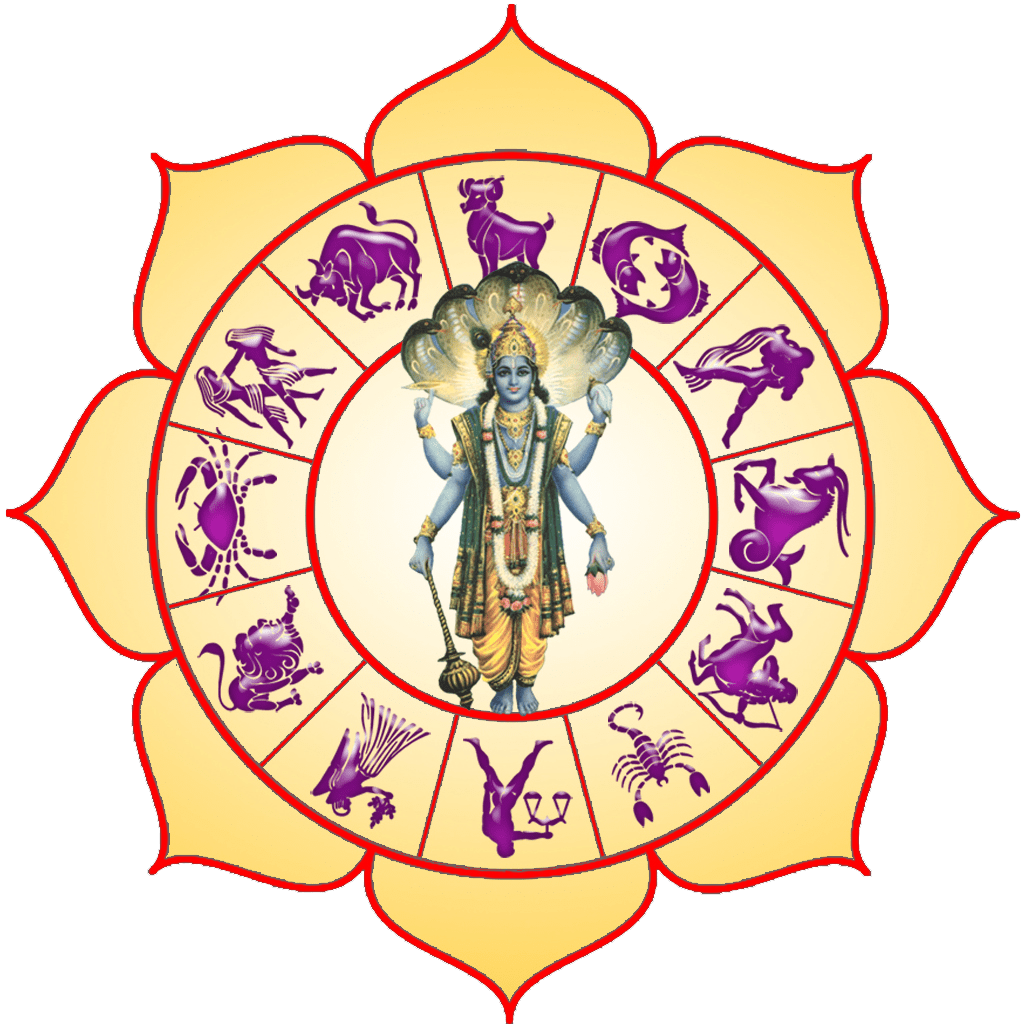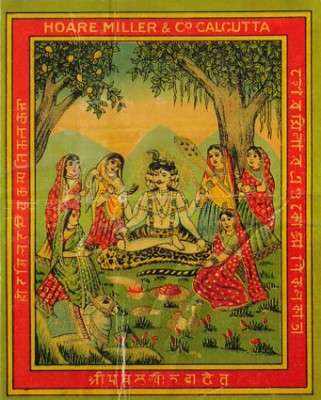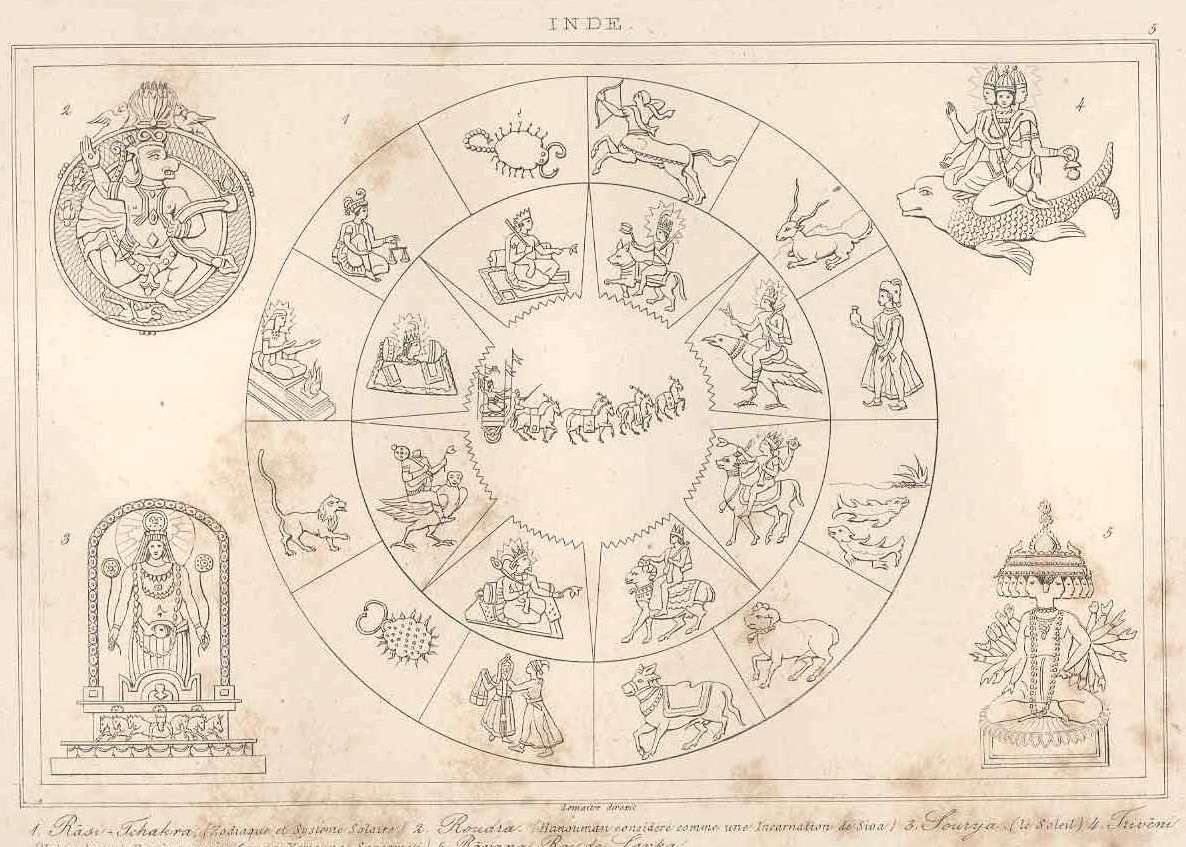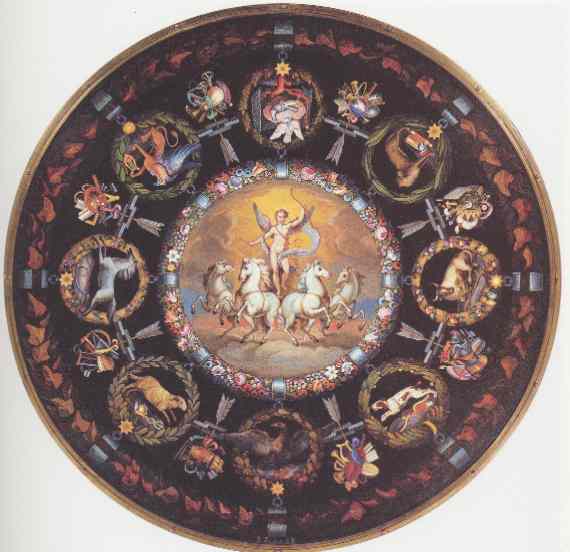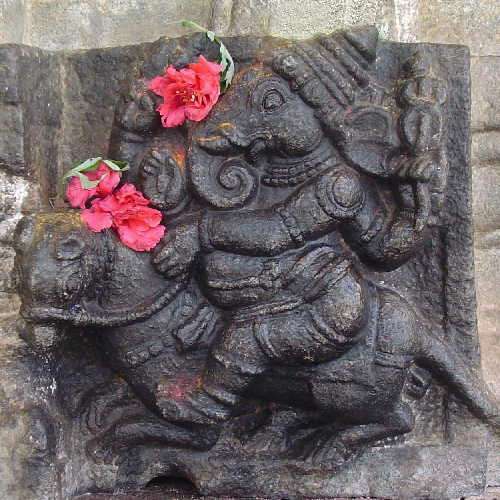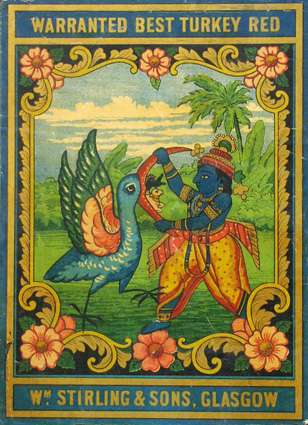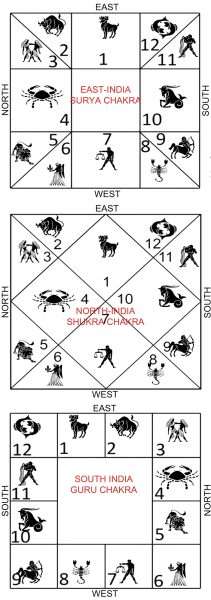
मेषो वृषोऽथ मिथुनः कर्कटः सिंहकन्यके।
तुलाऽथ वृश्चको धन्वी मकरः कुंभमीनकौ॥
meṣo vṛṣo’tha mithunaḥ karkaṭaḥ siṁhakanyake |
tulā’tha vṛścako dhanvī makaraḥ kuṁbhamīnakau ||
Translation: Popular names of the Rashi are Meṣa (Aries), Vṛṣa (Taurus), Mithuna (Gemini), Karkaṭa (Cancer), Siṁha (Leo), Kanyā (Virgo), Tulā (Libra), Vṛścika (Scorpio), Dhanus (Sagittarius), Makara (Capricorn), Kumbha (Aquarius) and Mīna (Pisces)
Rāśi: Sun Signs
The word rāśi refers to a quantity of something, and is a measure of this quantity implying something tangible. It means a heap, mass or pile of anything. For example, dhana (wealth) rāśi can mean the quantum of wealth. It also means a group or multitude of beings like animals or men. It is a quantity indicated by a number. For example Vṛṣabha (bull) rāśi can mean a herd of bulls or cattle thereby referring to such a group of animals.
In jyotiṣa, it specifically refers to a sign of the zodiac which represents all of men, material and money that is measured by the quantum of degrees of longitude. As such the ecliptic is 360° and is composed of twelve rāśi each measuring 30° longitude. Now, when we divide 360° by 30°, we get 12 rāśi. Thus, if each rāśi is a measure of exactly 30°, then there can only be 12 such signs mathematically and any modern revision is not going to fit into this ancient fundamental jyotiṣa paradigm.
How did we get 30° for each sign? The Sun and Moon were observed to conjoin in the sky every 30 days. And it was observed that the average motion of the Sun is about 1° per day. Therefore, in 30 days the Sun would have moved ahead by 30°. This measure by which the Sun moved ahead between two conjunctions with the Moon is called a rāśi. It is a measure or quantity of degrees of solar motion between subsequent conjunctions with the Moon. Therefore these rāśi of 30° are called ‘Sun signs’ as they measure out the solar motion. The day the Sun enters a sign is called Saṅkrānti.
Most of these signs look like the creatures they represent. When a sign represents one creature, it is blessed not to have a flaw whereas when a sign represents two or more, it is said to have built in flaws. Seven of these twelve signs have flaws – can you figure this out?
Sūrya the Sun god, has manifested in twelve forms and these are the dvādasa (twelve) Āditya. The name Āditya is from their mother Aditi who gave birth to these Āditya who govern the twelve signs. Of these the greatest is Viṣṇu Āditya for He grants mokṣa and forgiveness from sins, good sleep and rejuvenation etc. The twelve āditya are Dhātṛ (Savitṛ), Aryaman, Mitra, Varuṇa, Indra, Vivasvat, Pūṣan, Parjanya, Aṅśumān, Bhaga, Tvaṣṭṛ and Viṣṇu in the order of the twelve signs.

Agni Ādi-devatā
Since these are Sun signs, the one greatest quality of the Sun is its fire which gives heat and light. This is Agni tattva and Agni, the god of fire becomes the ādi-devatā of Sūrya (Sun). Therefore Agni must be the one ‘preceding’ or starting the Sun signs. The first Sun sign is called Meṣa Rāśi (English Aries) and represents the Ram, which is what meṣa means in Sanskrit.
Gaṇana from Gaṇeśa
When the rāśi are counted, the sign in the eastern horizon gets the singular status as ‘1’, the first house. It is from here that the count (called gaṇana) begins – hence Gaṇeśa bhāva. Subsequent houses get a number and the last is the twelfth house. Any of the zodiac signs (called rāśi) can be in this first house. This is considered very auspicious house and is the first worshipped of first praised just like Gaṇeśa, the first worshipped among the devatā. Why Gaṇeśa?
To decide who shall be first worshipped among the deities, there was the need to determine a devatā who shall bring auspiciousness called śubha in Sanskrit. Such a deity would cause the day to being and would have the power to provide light even in darkness. He would have the power to breathe the wind (life – prāṇa vāyu) into the bodies of beings and thereby control the earth element (pṛthvi tattva) from disintegrating overnight. This relationship causes created beings to have the power to retain their body over a period of time called ‘their longevity’. The trimūrti (Brahma, Viṣṇu and Rudra) were unanimous that this can only be Gaṇeśa, but the other gods contested. They forsook their responsibilities and participated in a race around the worlds – the fastest among them would be declared the winner and first worship worthy. They had mighty elephants (Indra) and fast birds like peacock (Kārtikeya) to win the race. Little Gaṇeśa was sure to be the last. How could he defeat such mighty warriors?

so say ॐ नमः शिवाय | om namaḥ śivāya.
But he was wise and caring. He realised that the devatā have forgotten their duties in the face of this contest and therefore, he raised his elephant trunk and blew life into the three worlds, lest the poor creatures may die for want of air to breathe (Vāyu devatā, the wind god was also contesting). He light a lamp and offered it to Lord Śiva, and the three worlds received light (Sūrya, the Sun god was also contesting and had forgotten his duty). Finally, he sat on his rat, the little mouse, the most insignificant creature, and rode around Lord Śiva and Durgā three times. He declared that since Lord Śiva and Mother Durgā together represented the entire manifested universe, therefore he had actually circumbulated the three worlds thrice! He was declared the winner and the most auspicious one as He never forgets responsibilities, never covets rewards and always thinks of the welfare of others first. While the other devatā have mighty animals and birds to ride, Gaṇeśa rides the tiny mouse thereby giving importance even to the lowly and small creatures and shows that life is as valuable for the big creatures as it is for the small ones.
Since Gaṇeśa also represents beginnings, his vāhana (animal vehicle) the rat is represented by the first astrological house. This little creature has the power to ward of Yama, the god of death for he stood with Gaṇeśa when everyone else raced off thereby reminding Gaṇeśa about the need to keep the worlds alive.
Lesson
Assignment
Read about the twelve astrological signs called rāśi and the dvādasa āditya. Learn everything about the twelve Āditya and share your notes at the forums.
